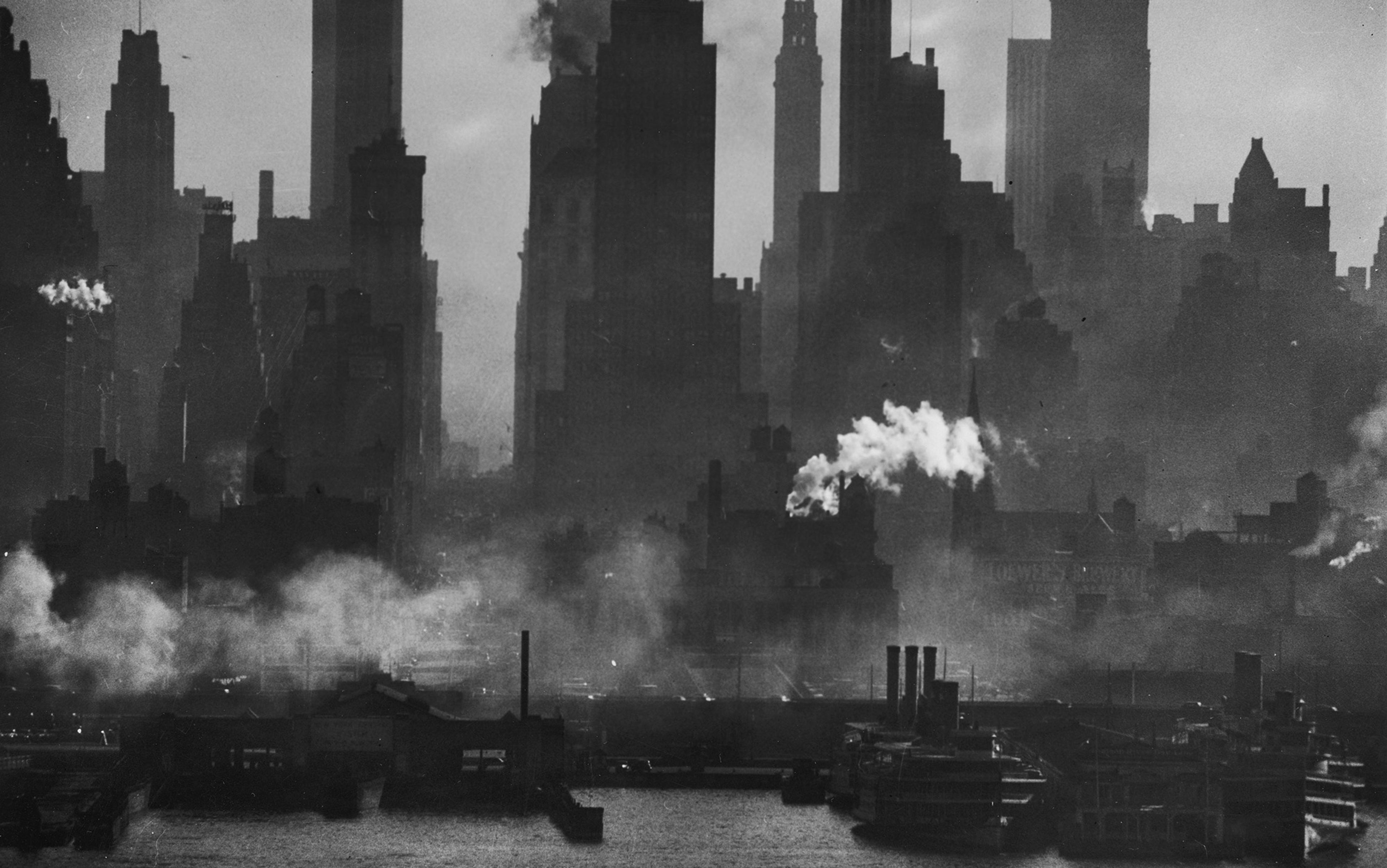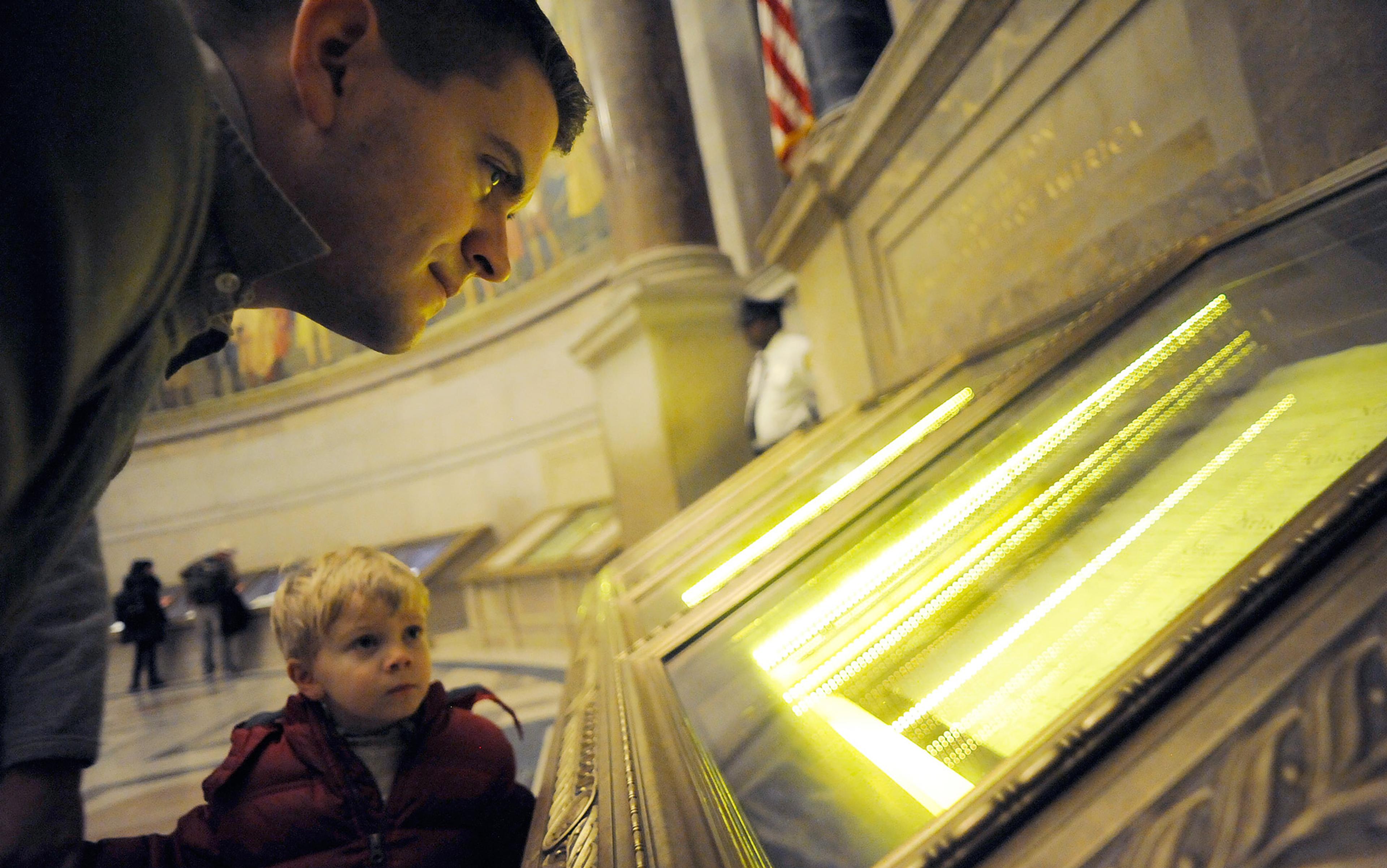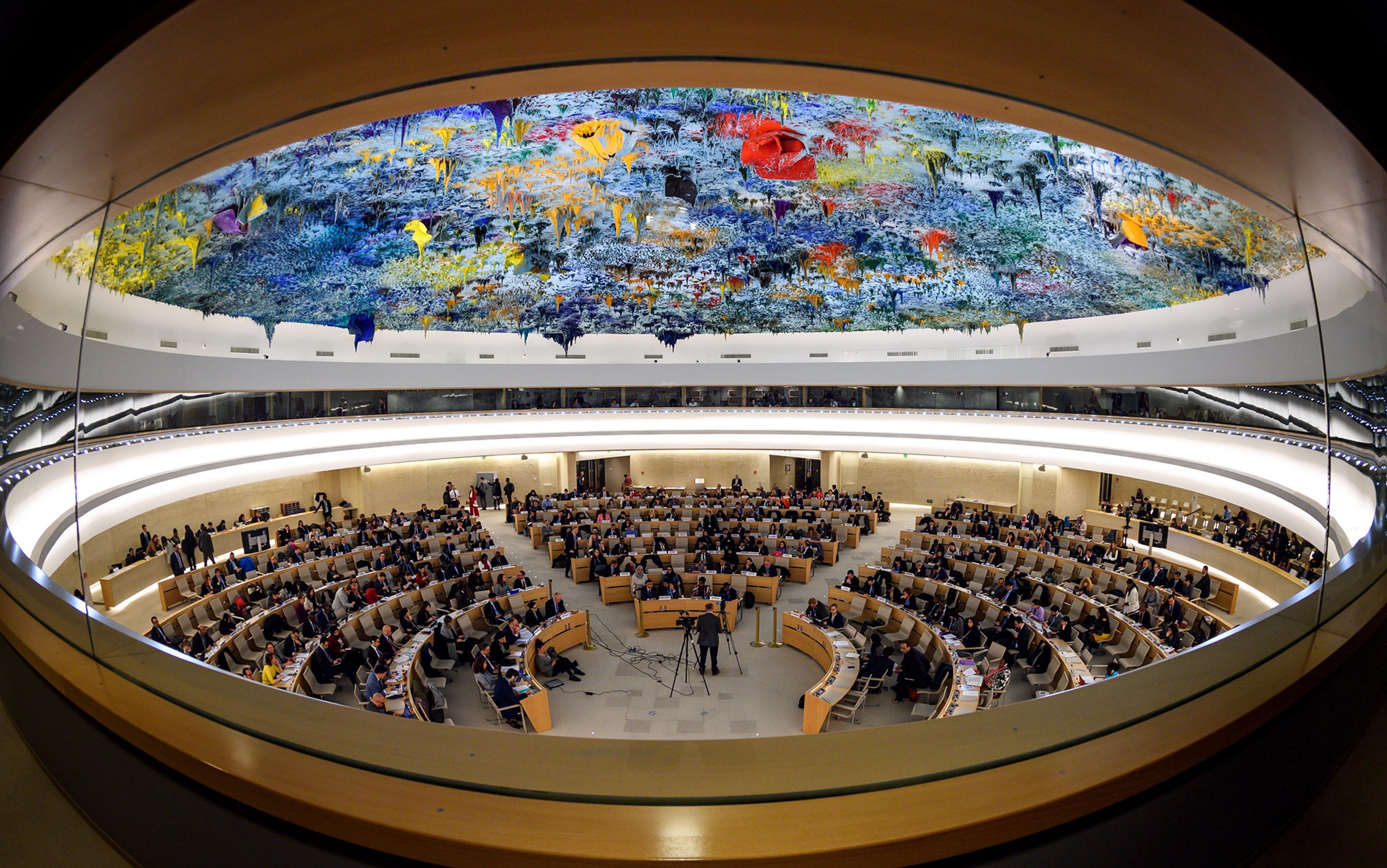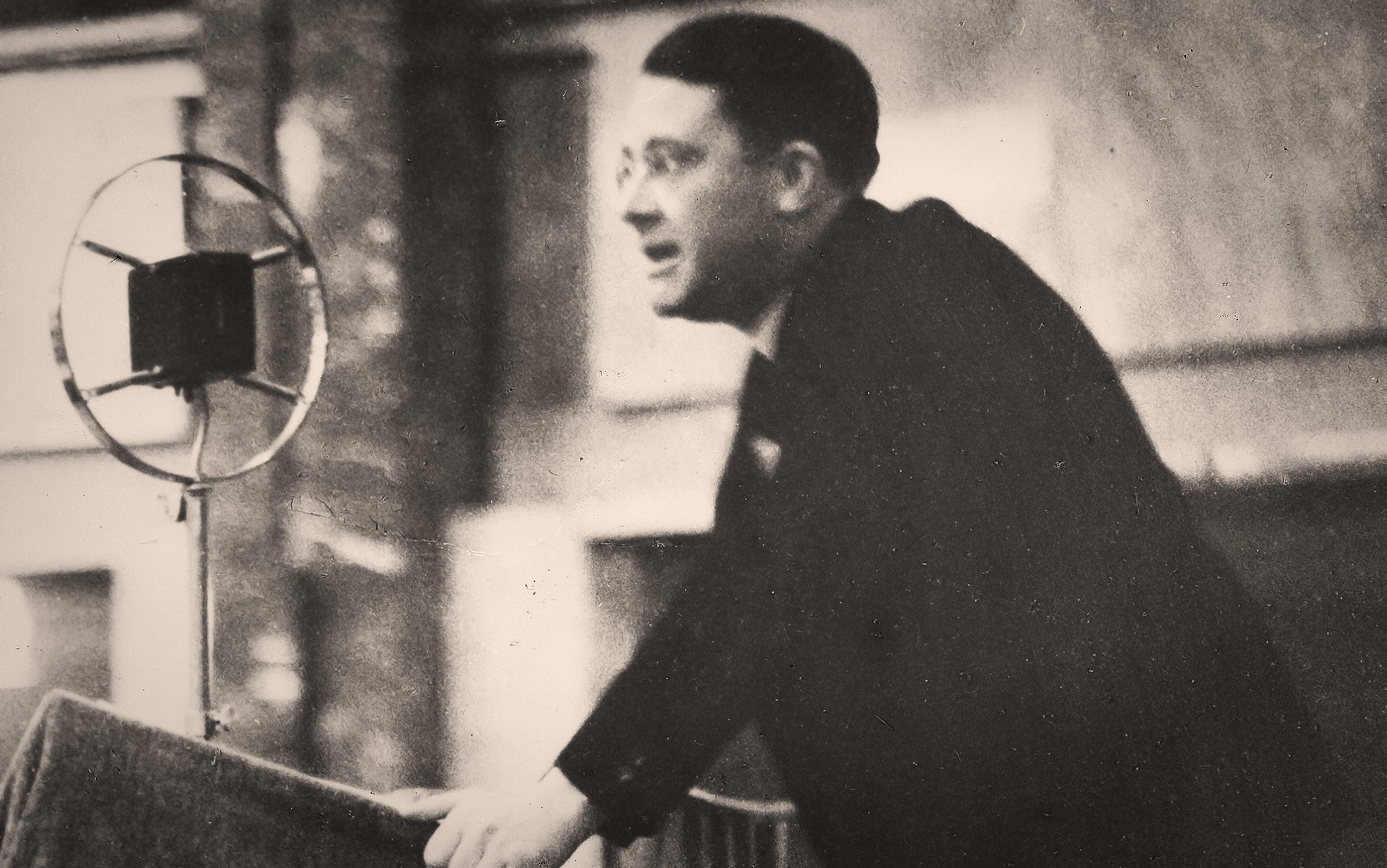Ludwig Wittgenstein once spoke of the way in which a picture can hold us captive. The picture he had in mind was that of the correspondence theory of truth. We imagine words representing things in the world as if we match a linguistic sign to a real object. We think of children learning a language as if it is a game of connecting signs to objects or actions. This picture comes to mind when we have to give an account of the meaning of a word or the way in which language works. It is, to borrow a phrase from a contemporary of Wittgenstein’s, ‘ready-to-hand’.
From Wittgenstein, we learn that the picture misleads, rather than clarifies. His Philosophical Investigations (1953) tries to get us to think differently by providing puzzles and examples that often point to where the picture runs out. Language, he explains, is more a matter of ‘know how’ than of knowing what. We use language to get around in the world. It is not as if we first have a world and then assign words to objects in it. We understand a word when we know how to use it. We know how to use it when we can see likeness and differences. Concepts gain meaning within networks of family resemblances: different members of the family can share some features but not others. To use the terms that I will shortly explain, language is not a project of assigning signs; it is rather a system in which the whole and the elements are both present from the beginning. No words without sentences, and no sentences without an entire language.
Toward the end of his Philosophical Investigations, Wittgenstein considers the well-known duck/rabbit illusion. The same image can appear as a duck or as a rabbit. It cannot, however, be seen as both at once; our perception moves back and forth between the two. We cannot decide to see just one. That seeing as will determine a set of expectations and connections – uses – that will sustain different forms of enquiry responsive to different questions and moving in different directions. The image does not change, but the world within which it has meaning changes.
The law, for example, is like that duck/rabbit image. We are not just captured by a picture; we are captured by two pictures of the same phenomenon. The pictures are already at work when we reason within the law: they ground different interpretive methods. Similarly, they are at work when we theorise about the nature of law, that is, when we try to explain the character of legal order. These two pictures are that of project and system.
‘Project’ imagines law as the product of authors who are free agents capable of acting with intention after some sort of deliberation. For the ‘project’ imagination, legislation is the paradigm of law. Meanwhile, ‘system’ imagines law as a well-ordered whole that develops immanently and spontaneously from within individual transactions. System is a relationship of parts to whole, and of whole to parts. For the systemic imagination, the common law is the paradigm. Judges decide individual cases relying on precedents – that is, relying on prior acts of the same sort that they are pursuing. Out of those countless individual decisions, a system of order emerges. That system has identifiable principles – legal norms – but those principles were not themselves the product of an intentional act. The common law of contract, for example, has a systematic order, but the idea of that order did not precede the fact of its appearance. In a project, the idea of order precedes the act; in a system, we discover the idea of order only after the act.
Once we are alert to the distinction of ‘project’ and ‘system’, we see that it is by no means unique to law. These two pictures dominate our accounts of order. Traditionally, those accounts extended into the natural order: is nature God’s project or a spontaneous system? Today, the duck/rabbit problem of ‘project’ and ‘system’ presents itself whenever we give an account of the human world, from the individual to the society. Do we make ourselves according to an idea or do we realise an inner truth of ourselves? The social sciences approach society as system; the regulatory state imagines it as project.
The picture of a project offers the simplest explanation of the origin of order. Projects can extend from an individual artisan to a creator god; they can involve objects in the world (eg, a house) or social structures (eg, a corporation). A legislature has law-creation as its project; a people can take up the project of creating a constitution. A project has a beginning in the action of a free subject. That subject explains his project by referring to his intentions. Those intentions can reflect a well-thought-out theory or simply the agent’s interests. To make a constitution is to take up a project informed by political theory. To make dinner is to take up a project informed by taste and hunger. Even the latter, simple as it is, requires an agent capable of reasoning and intending.
Projects are the way in which a free agent occupies the world. An animal will look for food, but it will not plan its dinner. A bird might build a nest, but that is not a project because the bird could not have decided to experiment with a new design. It could not have been other than it is. That ‘might have been’ is critical to projects and thus to freedom. In a world of projects, we are always thinking of what we might do, what we might have done, and what we might do better. Projects are successful when they meet their goals; they are redesigned when they fail. Projects then, whether of law or anything else, put at stake not just an idea of order, but also an idea of freedom. Freedom ends where projects end.
The acorn grows into the oak not as a project, but as the realisation of a systemic whole
If ‘project’ is our duck, then ‘system’ is our rabbit. To explain phenomena on this account is to give a narrative of how the particular fits into the whole. Instead of looking backwards to a point of origin in a decision, we offer a synchronic account of reciprocal support among elements: parts, organs or functions. A system is always greater than the aggregate of its elements. The whole gives meaning to the parts.
A system has the curious temporal quality of preceding the elements that constitute its parts. We confront this temporal mystery directly in our experience of an organism. The acorn grows into the oak not as a project, but as the realisation of a systemic whole. It grows into itself spontaneously. It does so without plan or intention. Similarly, we understand an organism when we understand the relation of its parts – organs – to the whole, that is, when we understand its immanent order. If ‘project’ delineates a space of freedom, then ‘system’ delineates a space of life. All life has this systemic quality of spontaneous, immanent order.
Systems have the capacity for maintenance and some ability of repair. An injured organism can heal itself; a market in disequilibrium can return to equilibrium. Of course, some systemic disturbances are beyond these capacities: systems do die. Projects, though, ordinarily have no such capacities of repair. When a watch breaks, we take it to the watchmaker for repair. When legislation fails, we go back to the legislature for a new plan. Today, artificial intelligence is challenging that distinction precisely to the degree that we can teach machines to learn and to respond. This effort to endow a project with systemic qualities is not new. We have seen this intersection before. The US Constitution’s framers thought they were building ‘a machine that would go of itself’, because it was to have some capacities of repair when it lost balance. And, of course, Deists had long believed that God’s project was to create a system with these capacities of maintenance and repair. There would be no return to the divine watchmaker after the project was set out.
In a curious coincidence of history, 1776 marks the transformation of both project and system from patterns of theological narrative to narratives of the modern age. Project had been the narrative of creation; system had been that of theodicy. In 1776, both project and system take on a human scale. The Declaration of Independence announces that politics can be a project. When government fails to achieve the ends for which it is designed – life, liberty, and the pursuit of happiness – it can be abandoned and then made again. Constitutional construction becomes the most important human project. So much so that the idea of freedom is deeply politicised: we are free when we are self-governing, and we are self-governing when we are the authors of our own laws. To live under laws that are not the product of our projects is, the American revolutionaries believed, to lack freedom, regardless of how just those laws are or how wealthy individuals become.
The year 1776 also marks the publication of The Wealth of Nations by Adam Smith. That work signals the emergence of a modern idea of system linked to new forms of knowledge. The market is the paradigm of a social system, and economics is the first science of the social. The American constitutional framers thought of themselves as standing in a classical Republican tradition. Smith stands with modern science. All science seeks to identify and explain the immanent principles of order that give order to phenomena. Smith’s work is radical because it shows that the same idea of an immanent order extends from the natural world to human society.
‘One truth is clear, whatever is, is right.’ In a system, things cannot be other than they are
The Wealth of Nations delineates those immanent principles of order that emerge spontaneously as individuals pursue their natural inclination to truck, barter and trade. An economy displays lawful regularities, but they are not the product of any participant’s project. Participants engage in transactions; they do not set out to establish the law of supply and demand. Economics is the study of the systemic order that emerges spontaneously from individual economic transactions. That order precedes the knowledge of it – just the opposite of a project in which an idea always precedes its realisation. Over the course of the 19th century, the social sciences proliferated as one area of social activity after another – sociology, history, political science, social psychology and law – is colonised by the systemic imagination.
These two master narratives are as old as the West. The creation account in Genesis describes God’s project: free action of a subject capable of acting on final causes, deliberating, and judging his product. Like all projects, God’s takes time – six days – and is subject to an external, normative evaluation – it was ‘good’. Some things do not quite work out as planned – man, for instance – and require new interventions, such as Eve, to modify the original project. We account for the order of the world, on this view, by identifying the craftsman and explaining his intentions. We investigate his plan.
The systemic view can also be found in the Garden of Eden. Picture Adam and Eve, before the arrival of the Serpent, contemplating the well-ordered nature of the garden in which everything works harmoniously as parts of a single whole. They do not know God’s plan. For them, the entire universe has the order of a garden in which the parts seem naturally to support each other. Its goodness is not located in an external measure – rather, it is good because it is. Man’s role is only to name, not to make, this creation. Alexander Pope’s great work, ‘An Essay on Man’ (1733-34), returns to this idea of God’s system. The poem is a discourse on system in support of a theodicy: ‘One truth is clear, whatever is, is right.’ In a system, things cannot be other than they are.
We are not done with these arguments between the rabbit of project and the duck of system. Think of the conflict between science and creationism. Modern science is determinately systemic in its approach to nature. To have scientific knowledge is to identify the immanent principles of order. This is what links the social sciences to the natural sciences. For both, to know is to identify the laws behind the appearances of ordinary experience.
The creationists respond with a different picture, for they cannot imagine order that does not have its origin in a conscious, deliberate act. They offer proof of the existence of God from the ‘fact’ of design: order itself, they believe, supports their idea of project. Behind the appearance of order, they see the hand of an orderer. That is what creationists see, but that is just what it means to be captured by a picture. Both sides have authoritative texts: Isaac Newton versus the Bible. The choice of authority depends upon a prior choice: rabbit or duck? The text does not ground the narrative. It is, rather, the other way around.
Nature, accordingly, is neither system nor project. We might think that system is closer to the ‘facts of the matter’, but that is because we live in a scientific age. The systemic imagination has no account of the origins of order that can satisfy the person who wants to know ‘Why?’ Science reaches a limit in the Big Bang but, of course, our capacity to question is not so limited. We want to know about the moment before; we are not satisfied when told that the question is senseless. Immanuel Kant already saw that such questions are part of our condition: we ask questions that require answers beyond our capacity to reach. Yet still we ask. In doing so, we are following the demand for project, for only projects have beginnings.
The categories of ‘project’ and ‘system’ are brought to the task of making sense of experience. These pictures frame the narratives by which we offer explanations, for an explanation needs an overall shape. It is not just ‘one damn thing after another’. A chronology of events is not a history; a list of organs is not an account of an organism; a description of a series of trades is not a market analysis. To make sense of experience, we need to fit it into a familiar pattern that itself has conceptual completion: a stranger came to town or I went on a journey, for example, are two of our most basic narrative forms, showing up in endless fictional accounts. Odysseus goes on a journey; Oedipus comes to town. We come to the task of offering an account, then, with a sense of what an explanation looks like. That changes across time, place and fields.
Revolution created a space for a new project of constitutional construction
Intellectual histories of a field can usefully pursue the pattern of movement between project and system. This is the task of my book on the development of the legal imagination in the long 19th century, Origins of Order (2019). The movement over the course of that century is generally from project to system, although it would be a mistake to think that either category ever disappears. Each is always deployed against the other, like the scientists and creationists, and no victory is every final. The 19th-century movement from project to system is, accordingly, only one iteration of a longer conflict between the party of the duck and the party of the rabbit.
The constitution begins as a project of We the People, but by the end of the century lawyers and theorists are speaking of an ‘unwritten constitution’ that is the spontaneous, immanent order of free Anglo-Saxons everywhere. There is, in short, a convergence of American constitutionalism and the system of the common law, as if no revolutionary project of break and radical construction ever occurred. If law is a system, why should British law and American law be any different? Indeed, the earliest casebooks in the modern law schools, which began toward the end of the 19th century, were filled with British cases. To think that jurisdiction made a difference to the law would be like thinking that the location of the laboratory made a difference to the principles of a science. Once the law school became a part of the university, law was to be a science like any other.
In 1765, the traditional, common-law lawyer Sir William Blackstone said that the law has its origins in ‘time immemorial’. He was deploying a picture of system. The common law is no one’s project. It has an immanent order that emerges through the case law, just as economic laws emerge through individual transactions. When early British theorists responded that the origin of the common law must have been in ‘lost statutes’ – that is, legislative acts that have been lost to history – they were playing the role of creationists. They cannot imagine order absent a rational agent who puts that order into the world through a project. The American founders’ belief that law could be a project explains their skepticism about the common law and their commitment to writing a constitution. Revolution created a space for a new project of constitutional construction. Their aim was to make a constitution based on the best political theory of their day.
The United States begins as an enlightenment project of creating law and legal institutions on a plan grounded in theory. When the French took up a similar project of constitutional creation a few years later, the UK’s conservative Member of Parliament Edmund Burke responded that law is not like that: it is system, not project; it grows immanently, it is not made.
The Burkean response came to the US at the end of the 19th century. By then, the dominant picture of American constitutionalism is that of system, not project. The real constitution is not the founders’ written text, but ‘unwritten’ practices that develop according to immanent principles of order. Those principles are no one’s project. They emerge naturally and spontaneously, the thinking then went, wherever the Anglo-American race has the freedom to develop through the pursuit of its own ideals and interests.
By the end of the century, constitutionalism, Christianity and civilisation coincide in the legal imaginary as the telos of history, that is, of the system realising itself. The task of jurisprudence, accordingly, is to discover those principles that structure a free society, not to create them. The role of legislation or of a written constitution, on the systemic view, is no more than that of removing pathologies that block the free actions of citizens. Projects of law, in other words, are now only remedial, just like a doctor’s interventions are designed to address pathologies that keep the body from realising its immanent principles of order – which we describe as ‘health’. Out of this systemic imagination comes a convergence of constitutionalism with laissez-faire capitalism.
Should I make my life a project or should I seek to realise the person that I already am?
Remarkably, given the revolutionary/project origins of the constitution, constitutional law and common law, by the end of the century, are imagined as converging on the same principles of order. This is famously captured in a remark by William Gladstone in 1878:
[A]s the British Constitution is the most subtile organism which has proceeded from the womb and the long gestation of progressive history, so the American Constitution is, so far as I can see, the most wonderful work ever struck off at a given time by the brain and purpose of man.
Duck or rabbit, he is saying, we arrive at the same place.
Wherever there is a dominant discourse of system, a critical response will be framed as project, and vice versa. Thus, the legal realism of the 1920s and ’30s is the project-response to the systemic view of classical legal formalism that dominated both academy and bench at the turn of the century. The realists labelled the systemic ‘truths’ of those institutions ‘transcendental nonsense’. Formalism, they argued, offered only ideological constructions designed to divert attention from reality, which was nothing more than powerful interests pursuing their own projects. The realists called for a new law of projects in pursuit of the interests of the people, not those of the rich. These projects would be informed by the principles of real science, particularly the social sciences, rather than the phoney science of law. Out of this came the modern administrative state that works to inform government projects by scientific expertise.
The contest between project and system continues. In our deeply polarised political age, these conflicting images provide the organisational forms for much of our ideological combat in the law. The originalists, who dominate the US Supreme Court today, are relying on a picture of project; they are opposed by those who believe in an organic constitutional order of system.
Once the conflict of project and system comes to our attention, it is not difficult to spot the competition everywhere. Consider attitudes toward government regulation, monetary policy, climate change, delivery of health services, and land management. In each case, there are those who think that government responsibility is to adopt projects to make over the world according to our own ends. Others believe that interventions should be no more than remedial, allowing immanent principles to do the work of order. The same contrasting pictures work in our personal narratives. Should I make my life a project or should I seek to realise the person that I already am? At the opposite extreme from the personal is international relations. Do states relate to each other as elements of a system, the immanent principles of which were already identified by Thucydides, or is international law a modern project?
These debates will never end although their locus will continually shift. They cannot end because order is always both duck and rabbit. This is merely another way of saying that man always finds himself both free and already situated in a fully ordered world. Without projects, we could not imagine our own freedom; without a system, the world would so lack order that everything would appear arbitrary and capricious. We can no more escape ‘project’ and ‘system’ than we can escape freedom and causality. At the root of our legal and social theories, one finds the deepest puzzle of metaphysics. If ever we thought otherwise, it was because we were held captive by a single picture.






